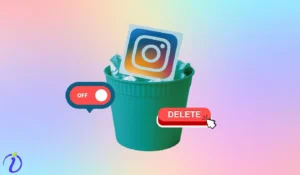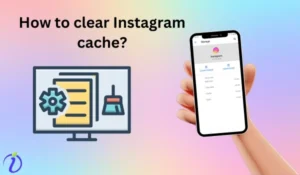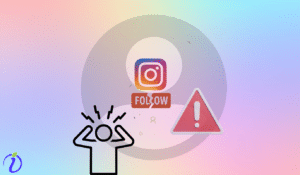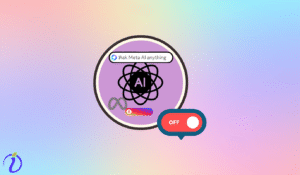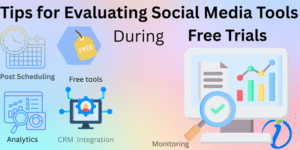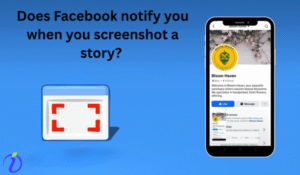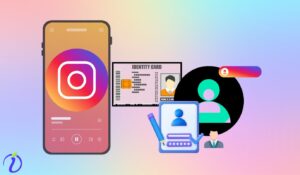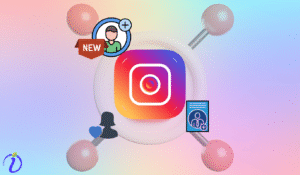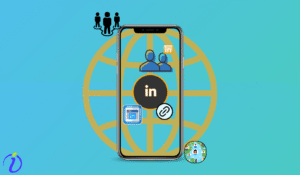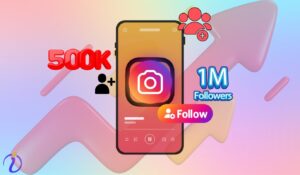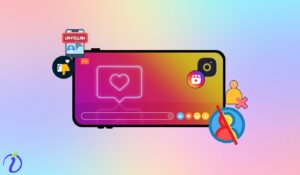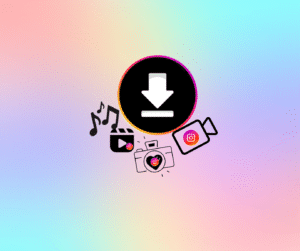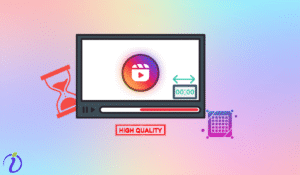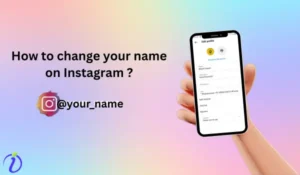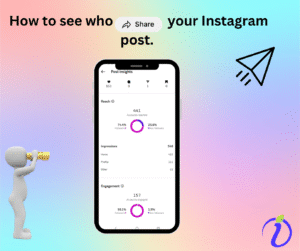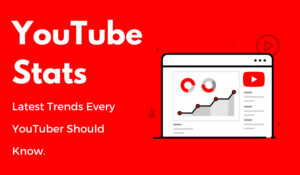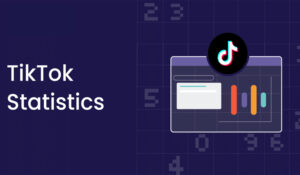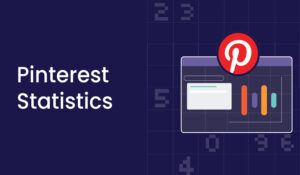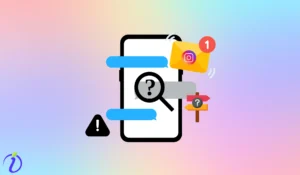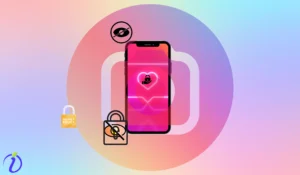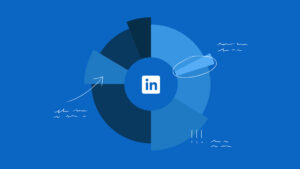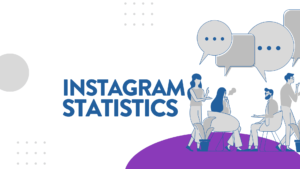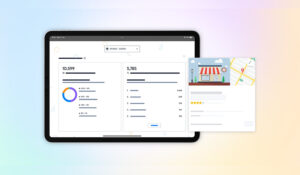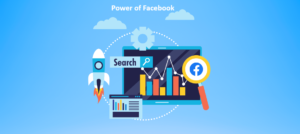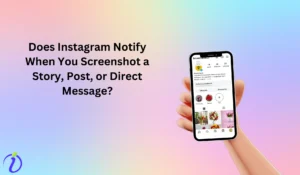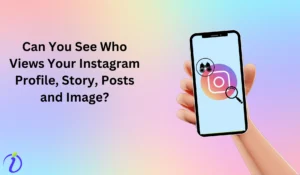Last updated on

If you casually search for some space-saving furniture on a social media platform one fine day – and maybe even save a few reels out of curiosity – the next day, you feed might look completely different.
Suddenly, you are seeing compact desks, foldable chairs, hidden storage hacks and even modular furniture setups.
They are not just brand stuff – most of them will be pieces from brands in your own city, with styles that match your taste so well.
While you keep scrolling, you are definite to click a few links and check the furniture details. And before you know it, you are seriously considering buying that desk with the pull-out shelfs and built-in charging port.
- A few days later, you buy that product.
- This isn’t just a story of how you bought a new desk.
- It’s a perfect example of social listening at work.
What is social listening?
Brands tune into the conversations happening around them on social media, forums, or blogs and adjust their product or services to the needs of the consumers. This is called social listening.
Brands pay attention to what people say online – not just direct comments or reviews, but patterns, preferences and signals you might not even realize you’re giving.
That’s how your casual scroll turns into a highly curated feed. And that’s how your “just looking” becomes “ just bought it”.
Platforms and brands are always listening :
- What people are searching for?
- What are they saving and sharing?
- What are they complaining about in comments section?
- What’s trending in your city and interest bubble?
This data helps brands to understand the customer needs and update the products for optimal sale.
But , Why Does Social Listening Matters?
Well, when a brand listens to its customers ( and listens well), it shows they care. And that builds trust.
Social listening helps brands understand the emotions, opinions, and trends that drive online conversations. By doing so, brands can respond in ways that build stronger relationships with their audience and stay ahead of the competition.
What is the Best Part of Social Listening?
Let’s say hundreds of people are tweeting about how a particular office chair from a brand is too bulky for small apartments. A company practicing social listening won’t just note the negative feedback – they’ll dig deeper. They will look for solutions and might launch a slimmer version of the chair. This is the best part of social listening.
How Do Brands Use Social Listening?
Social listening is not just about seeing who tags your brand—it’s about decoding the voice of the customer and turning insights into impact. Brands use this powerful tool to connect, adapt, and evolve in real-time. Social listening is used as an analytic tool to grow and thrive by the companies.
1. Identify and Address Customer Pain Points
If the office chair bought from the X company by a customer is not as per the requirements, the first place to share a complaint on the product is the review section. When people face issues, they don’t always go to customer support. Instead, they vent their anger on Twitter, post on Reddit, or leave a comment under an Instagram post. These reviews are the actual gold for companies to understand customer pain points and rectify them in their next production cycle. Thus, reviews and complaints are social signals for brands.
Example: A food delivery app notices that many users are complaining about delayed deliveries in Y city. They act fast—add more delivery partners to that zone and improve logistics.
Result: Now the food delivery app is receiving overwhelming response from the customers. Fewer complaints, happier customers, and a brand that seems “in sync” with users.
2. Spotting Industry Trends Before They Go Mainstream
Social listening helps brands ride the wave of what’s next. By monitoring keywords, hashtags, and influencer conversations, brands can spot emerging trends—be it a new aesthetic, habit, or tech feature. When a trend is emerging, social signals are sent through new hashtags and videos.
Example: A beauty brand is looking for an opportunity to introduce their skin care products on the market. Suddenly they observe a rise in mentions of “skin care and cycling” on TikTok and Instagram. They quickly create content around skin care and cycling and launch their product bundle. They are able to match the trend and introduce their product without much hassle.
Result: Early adopters flock to the brand. Being first in social media positions the brand as a thought leader in the niche.
- Sentiment Shows What Data Alone misses in Social Listening
Brand mentions give you Volume.
But, Sentiment gives you Value.

It’s not just about what people say—but how they feel when they say it. Sentiment is the emotional lens through which people see your brand. Brands must analyze the tone and sentiment behind mentions.
Let us say your brand was mentioned 2000 times in a week. We find that two persons have mentioned the exact same sentence.
“That launch was something.”

But wait. One mentions it with enthusiasm and the other with sarcasm. If you only count the mentions, you’ll assume your campaign is trending. But if you analyze the sentiment, you’ll know whether your audience love it or hate it.
Why Sentimental Analysis is Important in Social Listening?
When you know how people feel about your brand, you can
- Fix what’s not working before it snowballs.
- Speak your audience’s emotional language
- Double down on what’s
- Builder customer loyalty and trust.
Example: A clothing brand launches a bold new ad campaign. While some praise its creativity, others criticize it as tone-deaf. Social listening alerts the brand early—and they issue a clarification before the backlash grows.
Result: Damage control, transparency, and a brand that respects feedback.
4. We Heard You – How Social listening enhances Products
Sometimes the best product ideas are not delivered from boardrooms; they come from the social media comments section.
Yes, brands listen closely to what people are saying about their product (and also their competitor’s) on social media.
Brands look at
- What customers are loving about their product
- What’s bothering them
- wish it had … comments…
These little insights are the real gold for brands and marketers.
Example: A furniture brand sells a popular foldable desk. People love the product and it receives the following comments.
- I wish the desk has a small charger port.
- It looks great, but the wires are always hanging out.
- It would be better, if it had a cup folder for my late-night tea.
These comments shares clues for the improved version of the product avoiding multiple boardroom meetings.
When the brand redesigns the desk based on these feedbacks, the results are magnanimous.
Result: Brand loyalty increases because customers feel heard.
5. Competitive Analysis
Social listening tools don’t just monitor your brand—you can track competitors too. What are people saying about their features, flaws, or pricing?
Example: A SaaS brand sees users complain that a competitor’s platform has a steep learning curve. They highlight their own easy-to-use dashboard in upcoming campaigns.
Result: Positioning that directly addresses what the market is missing.
6. Campaign Feedback and Optimization
Brands track the real-time response to marketing campaigns, launches, or brand collaborations.
Example: A beverage brand launches a quirky summer ad series. Through listening, they find audiences love the humor but find the product packaging confusing. The brand updates their packaging design mid-campaign.
Result: More impact, less waste.
7. Crisis Management
Whether it’s a product recall or a PR misstep, early detection is key.
Example: A restaurant chain detects a viral tweet showing an alleged hygiene issue at one of its outlets. The team immediately investigates, responds publicly, and corrects the issue.
Result: Trust is preserved because the brand acted swiftly and transparently.
8. Discovering Brand Advocates and Influencers
Social listening helps identify unofficial brand promoters—people who love and talk about your brand without being paid.
Example: A niche influencer keeps posting about a local coffee brand. The brand notices and reaches out for a collaboration.
Result: Organic marketing that feels authentic—and a loyal partner.
9. Community Building
Brands can use insights from social listening to create conversations around what their audience really cares about, not just what the brand wants to say.
Example: A fitness brand sees users frequently discussing body positivity. They start a #StrongNotSkinny series featuring diverse voices.
Result: A deeper, values-driven connection with their audience.
Social listening helps brands move from broadcasting to truly bonding with their audience. It allows them to:
Understand emotions and needs
Catch trends and stay relevant
Avoid crises and improve constantly
Build trust and customer loyalty
And the best part? You don’t need to be a giant corporation to do it. With the right mindset and a few tools, any brand can listen better and grow faster.
How Can Small Businesses or Creators use Social Listening?
1. Monitor Comments, DMs, and Mentions Actively:
The simplest form of social listening starts with your own inbox and comment section.
- Are people constantly asking the same question?
- Are they requesting features, product sizes, or support?
- Are they tagging you in “wish I had this” kind of posts?
Tip: Create a weekly log of repeated feedback or praise. You’ll start to see patterns you can act on.
Example: If multiple users say your soap bars are great but too big to hold, consider launching a travel or mini version.
2. Track Keywords and Hashtags (Even Without Being Tagged)
People might not always tag your brand, but they’ll talk about you or your niche.
Search Instagram, X (Twitter), TikTok, and YouTube using:
- Your brand name
- Product category keywords (e.g., “handmade candles Coimbatore”)
- Niche hashtags (#VeganMakeup #TinyDeskSetups)
You can also use these free tools:
- Instagram Search & Explore
- X/Twitter Advanced Search
- YouTube comment searches
- Google Alerts/ notifications for your brand name
Use Case: A food blogger searches for “healthy millet snacks” and sees that audiences are craving quick recipes. She creates a reel series that goes viral.
3. Join Community Conversations
Look for where your audience hangs out:
- Facebook groups
- Reddit threads
- WhatsApp communities
- Local or niche forums
Just observe at first. Don’t hard sell.
Tip: Pay attention to how people describe their challenges, what solutions they’ve tried, and what excites or frustrates them.
Example: A small digital illustrator finds people on Reddit struggling to find printable wall art under ₹200. She starts a Gumroad shop with low-cost art downloads and links them subtly in relevant threads.
4. Use Polls and Questions to Listen Proactively
Don’t just wait for feedback. Customers are ready to share their feedback via reviews and comments. If you ask them , they are ready to share one. THe following are the common methods of understanding consumers.
- Use Instagram Stories (Polls, Questions, Quizzes)
- X polls or LinkedIn engagement posts
- YouTube Community tab (for creators)
- WhatsApp Business Broadcasts with CTA questions
Ask things like:
“What’s the biggest issue you face while planning events?”
“Should we restock Product A or B first?”
“Do you prefer video tutorials or step-by-steps with images?”
Why it works:
It turns passive followers into active participants, and helps you tailor your content/products to real demand.
5. Track Your Competitors Quietly
Even small brands can learn from competitors—especially ones slightly ahead of them.
How can we do that?
- Read comments on competitor posts
- See what their customers complain or rave about
- Analyze their top-performing content (format, tone, visuals)
The information obtained through these posts can be used to avoid their mistakes, offer what competitors lack, find the gaps between product and sales.
Example: A craft soap maker notices that customers are asking a competitor about unscented soaps for sensitive skin. She launches one and markets it as “sensitive-skin safe”. It instantly attracts the customers.
6. Look for User-Generated Content (UGC) Signals
If customers post about your product or tag your page, then your brand is powerful.
All you have to do is
- Re-share that post with permission.
- Comment and engage with the posts.
- Create a “Customer of the Month” highlight and use UGC.
- Tag the content with your brand hashtag or #MybrandStyle
Why is UGC important in social listening?
People trust real users more than brand pages. UGC also tells you how people are using your product—sometimes in ways you didn’t expect.
Example: A handmade jewelry artist sees people using her anklets as bracelets. She starts marketing them as “dual-style pieces.”
7. Use Basic Listening Tools (Free or Affordable)
If you’re ready to level up your sales and marketing, try these basic listening tools that are free and affordable for all types of businesses.
- Google Alerts – Get email updates when your name or niche keywords appear online
- Tweet Deck – Track X mentions, hashtags, or even emojis in real-time
- Brand Mentions or Social Searcher – Some free searches available
- Notion or Airtable – To log and analyze recurring feedback
Budget-conscious tools:
- Use Buffer or Later for engagement and monitoring tasks.
- Meta Business Suite is free for Facebook/Instagram listening.
8. Act on Insights and Close the Loop
Social listening is only powerful when you take action. Let your audience know you listened to it.
Some of the common content concepts you can use are:
- Feature/ Product Update Announcement – “You asked, we listened!”
- Tailored Content Topics – “Based on your feedback…”
- Spotlight the user community – “This idea came straight from our community!”

Result: Your audience feels valued and involved, which builds loyalty and word-of-mouth.
Wrapping Up Social Listening:
Success doesn’t come to the loudest brand – it comes to the brand that listens best. Indzu social makes social listening simple, actionable, and affordable.







